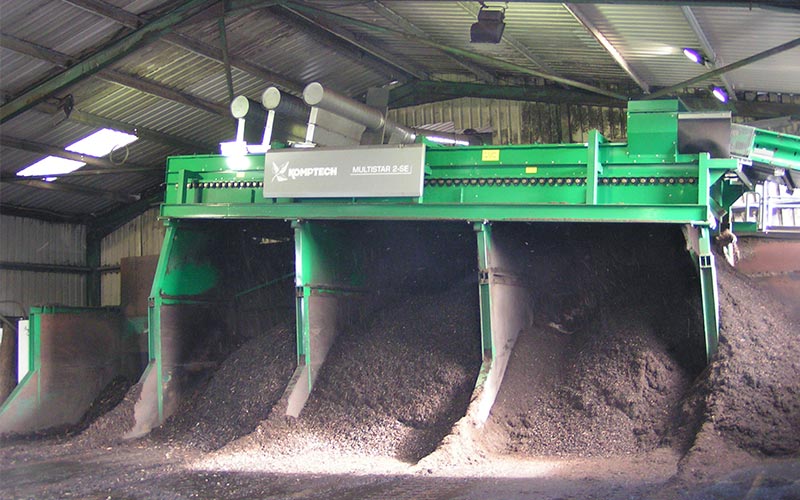
Whether for individuals, businesses or communities, the maintenance of green spaces (gardens, parks, roadsides, etc.) produces a certain amount of plant waste called green waste.
100% biodegradable, this waste can still be cumbersome, so we have to find a way to eliminate it, if possible by exploiting the organic matter it contains.
Part of the waste can be left on site if it is not too large and the aesthetic aspect is not essential. They will then decompose gradually by providing shelter for the animals, feeding the fauna of the decomposers and then enriching the soil with organic matter.
If the volumes are larger, it is possible to compost the waste by gathering it in a heap in a corner or, if the region is suitable (weather conditions, absence of fire risk …), to burn it . The ash obtained, rich in mineral elements, forms a very good supplement for crops.
If it is not possible to compost or burn the waste on site (lack of space, authorization, too large volume), there are the recycling centers. There, green waste is recovered by composting, transformation into biogas or combustion.
Biodegradable, compostable, recyclable: the differences
In our daily life, what waste goes to the trash, to compost or to recycling?
What is biodegradable, compostable and recyclable waste?
The terms biodegradable, compostable and recyclable are sometimes used incorrectly. Sometimes also, by marketing experts, in order to sell us one product rather than another. What does biodegradable mean?
The term biodegradable applies to a product – organic matter – likely to decompose, in a favorable environment (conditions of temperature, humidity, light, oxygen, etc.) and under the action microorganisms (bacteria, fungi, algae). A biodegradable product decomposes without harmful effect on the environment. In doing so, it emits in particular water, carbon dioxide (C02) and or methane (CH4). So a banana simply left in the open degrades quickly. In an inert atmosphere, however, it keeps very well.
Another important criterion is time. Because for a product to deserve the qualifier of biodegradable, it is considered that its degradation must occur in a short time, with regard to human time. A dead leaf is thus biodegradable because it decomposes in a few weeks. A plastic bottle is considered non-biodegradable because it takes more than 400 years to decompose.
In the building, bio-based materials (wood, hemp, straw, etc.) are used, but these may have been processed and contain additives which make them non-biodegradable products.
In addition, note that a bio-based product – plastics in particular – is not necessarily biodegradable. Even if it is composed of generally vegetable substances, it can indeed contain non-biodegradable components. When we talk about biodegradation, we are looking at the end of life of a product. And when we talk about bio-sourcing, we are interested in the origin of materials.
Finally, be aware that ecosystems have a limited capacity to absorb biodegradable products. So even biodegradable materials can cause them damage if they are in too large quantities (eutrophication of the oceans).
Compostable and recyclable for new use
A compostable product is also biodegradable. But it is generally a product which is helped to decompose in an industrial unit. This is generally done at temperatures between 70 and 80 ° C, with a humidity level around 70% and an oxygen level of around 20%. After several weeks of (bio) degradation, we obtain a product, compost, allowing the improvement of soil fertility.
Note that in homemade composers, degradation is generally slower, because conditions, temperature and humidity in particular, vary with weather conditions.
Finally, a product is qualified as recyclable when it can, at the end of its life, be reintroduced into the production cycle in place of part or all of the new raw material, in principle useful for making a product. Glass is therefore typically not considered to be biodegradable. It is not compostable. However, glass is recyclable. As for whether it is recycled well in all circumstances, this is another question!
Hi, this is a comment.
To get started with moderating, editing, and deleting comments, please visit the Comments screen in the dashboard.
Commenter avatars come from Gravatar.